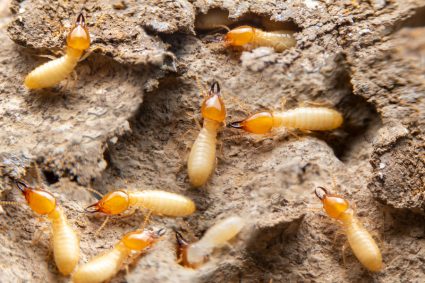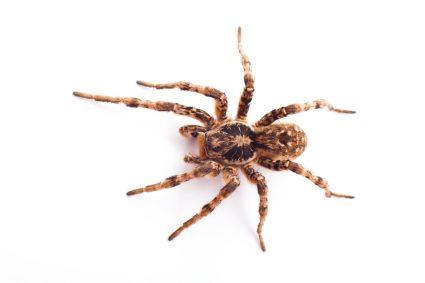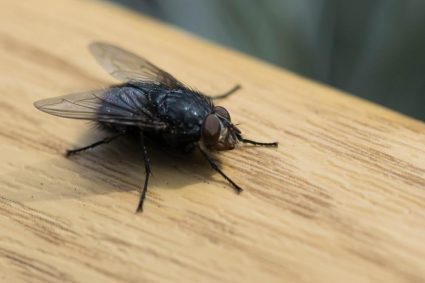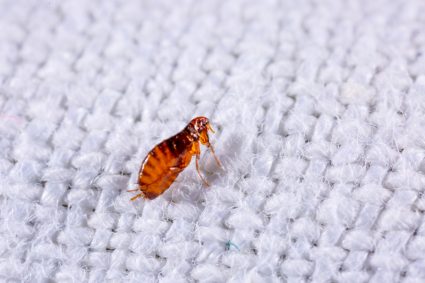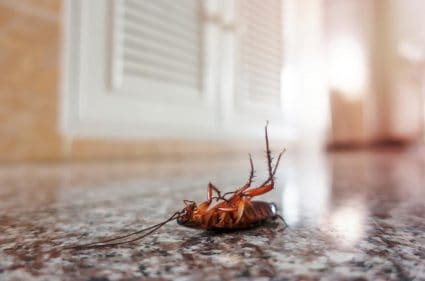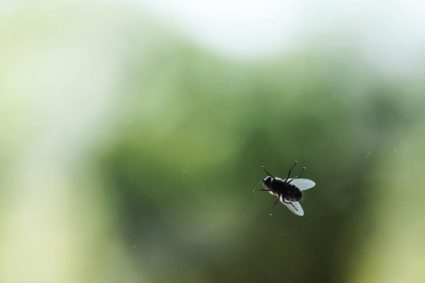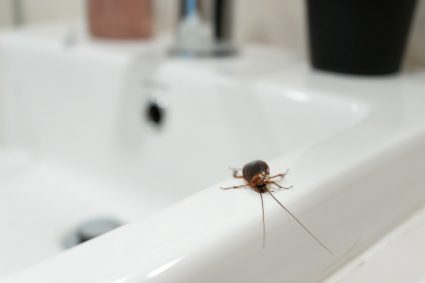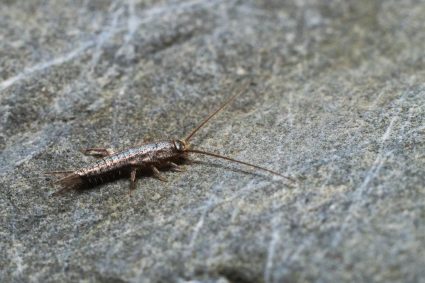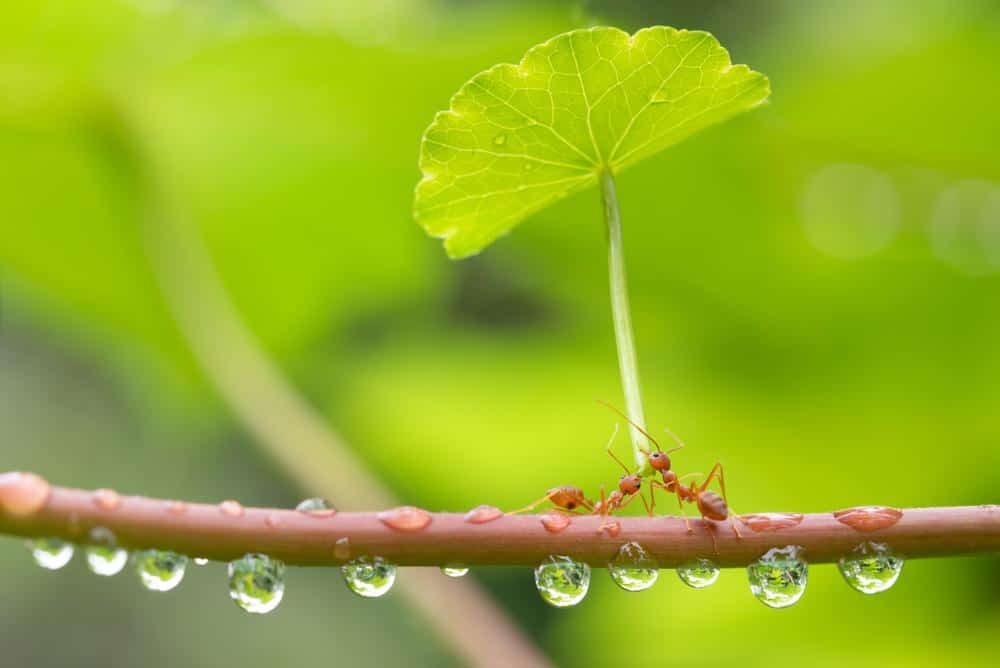
Ants can be a common sight in many gardens and flower beds. While they can serve a beneficial role in the ecosystem, such as soil aeration and pollination, they can also be a nuisance, especially when they infest your beautiful flowers. If you’re facing an ant problem in your garden, this comprehensive guide will provide multiple solutions to keep ants away from your flowers.
To keep ants away from flowers, you can use natural deterrents like cinnamon, lemon juice, vinegar, cayenne or black pepper, and diatomaceous earth. Commercial solutions such as borax bait, baking soda mix, sticky traps, or natural repellents like essential oils can also be effective. However, remember to strike a balance as ants also play a beneficial role in the ecosystem.
Why Do Ants Get Attracted to Flowers?
Ants are attracted to flowers due to their sweet fragrances and the nectar they produce. The nectar glands of plants produce amino acids, sugar, and water, which are irresistible to ants. Some flowers that are particularly attractive to ants include peonies, roses, and desert willow, among others.
Despite their potential benefits, ants can cause some damage to plants and flowers. While they don’t feed directly on plants, they can disturb them as they dig their underground nests. They can also encourage other insects that do harm plants. For instance, some ants maintain a mutually beneficial relationship with aphids, which are damaging to plants. As the tiny aphids feed on plant juices, they produce a sweet byproduct known as honeydew, which the ants crave as food. In exchange, ants care for and protect the aphids from predators and parasites.
Signs of Ant Infestation in a Flower Garden
Identifying an ant infestation early can help you take action before the ants become a serious problem. Here are some signs to look out for:
- Visible Presence of Ants: Seeing ants in large numbers on your plants is a clear sign of an infestation.
- Ant Trails: A parade of ants traveling up the trunk of a tree or other plant is also a sure sign that there is an ant problem.
- Soil Mounds: The presence of sandy, granulated soil mounds on the surface of the ground can indicate the presence of an ant nest.
- Plant Damage: If your plants are struggling, take a closer look. You might find lots of aphids, which ants protect in exchange for the sweet honeydew they produce.
Natural Solutions to Keep Ants Away from Flowers
There are several natural and organic solutions to prevent ants from being attracted to flowers:
- Cinnamon: Cinnamon is a natural ant deterrent. Sprinkle it around the base of the plant or throughout the garden area.
- Lemon Juice: Mix up a 50/50 solution of lemon juice and water, and spray it on the plants where the ants are. The lemon juice destroys the ants’ scent trail.
- Vinegar: A 50/50 vinegar to water concentration can destroy ants’ scent trails and often kill ants on contact. Test a small spot first to ensure it doesn’t harm your plants.
- Cayenne or Black Pepper: Apply these directly to the soil or mix them into a water solution (2 tablespoons per 1 cup of water) and spray on your garden. Test a small area first to check for potential damage to delicate leaves.
- Diatomaceous Earth: This talc-like powder is made from the fossilized remains of marine phytoplankton and is an effective and safe method for deterring ants. Apply it directly to ant hills and trails, and sprinkle it around the perimeter of your garden occasionally throughout the growing season.
Using Commercial Ant Repellents
Using commercial ant repellents can sometimes harm the flowers in your garden due to their strong chemicals. However, there are several methods you can use to control ants without causing damage to your plants:
- Use Borax Bait: Mix a cup of borax with a cup of honey or jelly and place it near an area of ant activity. Ants will feed and carry this toxic mixture back to their queen, which will result in the death of the entire colony.
- Bait Ants With Baking Soda: Mix a 50-50 concoction of powdered sugar and baking soda and place it near the ant colony. The mixture is harmless to most animals, but toxic to ants.
- Use Sticky Traps: Buy a commercial sticky product, such as Tanglefoot, or make your own sticky traps from adhesive paper strips wrapped around the base of the plants.
- Use Natural Repellents: Experiment with cotton balls soaked in ant-repelling essential oils like mint, camphor, tansy, and clove oil. Another method is to place hot peppers in a blender with a bit of water to create a dense mash, which you can spread in problem areas.
Remember, while these methods can help deter ants, they may not completely eliminate them. Ants play a beneficial role in the ecosystem, such as pollination and soil aeration. Therefore, a balanced approach is recommended. By using these methods, you can help protect your flowers from ants without resorting to harsh chemicals.
Frequently Asked Questions
What other plants are attractive to ants?
In addition to peonies, roses, and desert willow, other plants that attract ants include sweet peas, sunflowers, and trumpet vine.
Can ants harm all types of flowers?
Not all flowers are affected by ants. Some flowering plants, like peonies, actually need ants to help them bloom. Ants eat the sticky coating on peony buds, helping the flowers to open.
How often should I apply natural ant deterrents?
The frequency of application may depend on the weather and the severity of the ant problem. In general, reapplying once a week or after heavy rain should be sufficient.
Is there a specific time of day that is best for applying these ant deterrents?
It’s best to apply these solutions in the early morning or late evening when ants are most active. This increases the chances of them coming into contact with the deterrent.
Are there any harmful effects of using commercial ant repellents?
Some commercial ant repellents contain chemicals that can be harmful to other insects, pets, or even humans if ingested or inhaled. Always read and follow the instructions on the product label.
What other pests can damage my flower garden?
Aside from ants and aphids, other common pests that can damage your flower garden include slugs, snails, grasshoppers, beetles, caterpillars, and certain types of fungal diseases.

